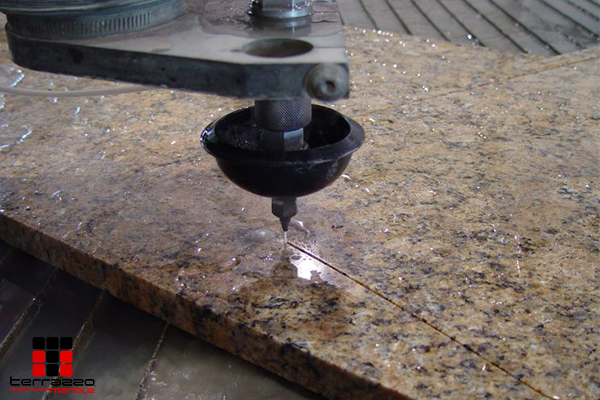Complex Terrazzo Flooring Designs Made Simpler through Waterjet Technology
It has long been established that terrazzo is a builder’s dream material because of its durability and strength. Its design possibilities are also virtually limitless. Countless ancient terrazzo installations are still in existence until today, all of them strong testaments to terrazzo as long-lasting, picturesque and design-flexible.
Despite the centuries that have passed, builders and designers alike still choose terrazzo for design-centric flooring installations. Over the last decade, a renewed interest in terrazzo has surged. Designers have rediscovered its virtually limitless design possibilities. Architects and builders have rediscovered its innate strength and durability. The demands for terrazzo flooring in residential, commercial and institutional spaces have increased.
Ancient terrazzo flooring designs were started out hand-formed and as a result, show minute differences in regularity. Recently, new innovations in the form of Waterjet technology has allowed terrazzo flooring to be more complex without losing uniformity and consistency. Waterjet technology can be utilized to cut intricate designs and shapes into which terrazzo can be poured into. And because the cuts are computer-driven, the shapes can be duplicated as many times as needed without compromising the design’s uniformity. Basically, anything that can be drawn on the computer can be cut by Waterjet technology. The major reason why terrazzo and Waterjet technology make for the perfect combination is, while other building materials like stone, ceramic etc., can be cut by Waterjet, only terrazzo can be cut economically into different simple and complex shapes thus making it more design friendly and flexible.
Waterjet technology is a computerized cold-cutting technology that can cut the majority of building materials into any two-dimensional shape, of any size and thickness. This technology is perfect for cutting the aluminium forms into which terrazzo is poured into. This merging of technology and terrazzo is best seen in larger commercial spaces like hotels, food courts, holiday resorts and the likes.

